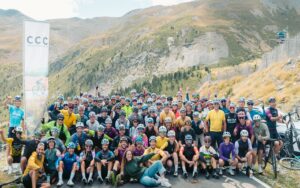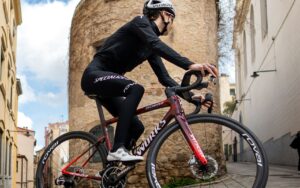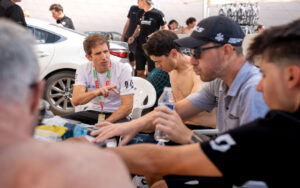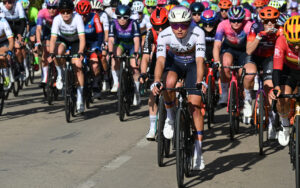Exploring the Dolomites with Velodrom Tours
One of the must-rides in Europe is the Sella Ronda in the Italian Alps. The Passo Sella, Gardena, Campolongo and Pordoi are famous for their appearances in the Giro d’Italia, the area is particularly famous for its incredible rock formations, and the series of climbs in such a small distance is unique in Europe.
Velodrom Tours organizes bike tours, everywhere in Europe, and also to the Dolomites. The Sella Ronda is obviously not forgotten in their tours.
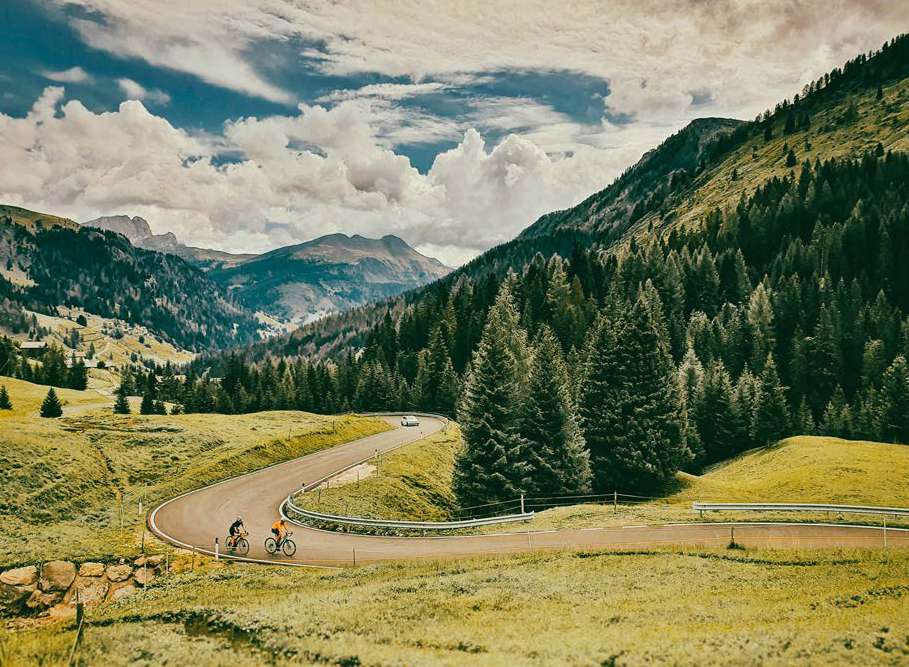
The Dolomites, with Peak Piz Boé as its highest point with 3152m, were once a coral reef, formed in warm, shallow and calm tropical seas. With the movement of tectonic plates, it was relocated over millions of years to where the Dolomites are now. Earthquakes, volcanic eruptions, erosive winds, ice and rain formed the Sella Ronda as it looks today. There is still rain, wind, and ice, but the other natural hazards are from the past, allowing cyclists to explore this extraordinary region with its spectacular landscapes without fear.
It does not really matter from where you attack the Sella Ronda: the loop is always 52 kilometers in length and covers 1720 meters of elevation. Also doing it clockwise or anticlockwise does not make much of a difference. With Velodrom Tours we start from our hotel in Alleghe, a bit away from the Sella Ronda, doing the loop clockwise, starting with the Passo Pordoi.
The Pordoi reminds us of Rocacorba in a way. Not because of its environment, the views on top of Rocacorba are absolutely stunning. More because of its length and gradient. The Passo Pordoi from Arraba is 9.3 kilometers in length, with an average gradient of 7%. The Rocacorba is slightly longer (10.7 kilometers) with a similar gradient.
The Passo Pordoi is undoubtedly the most prestigious climb of them all, and not only because it’s the longest and hardest one. With its 2239 meters altitude, it is also the highest pass in the Dolomites. More importantly, the Pordoi has been featured uncountable times in the Giro d’Italia, most of the times being to Cima Coppi (the highest point with most points for the mountainous classification) of the race. After 33 hairpins, on the top of this climb, there is a memorial of Fausto Coppi, the Italian cycling legend, a fivefold overall winner of the Giro d’Italia.
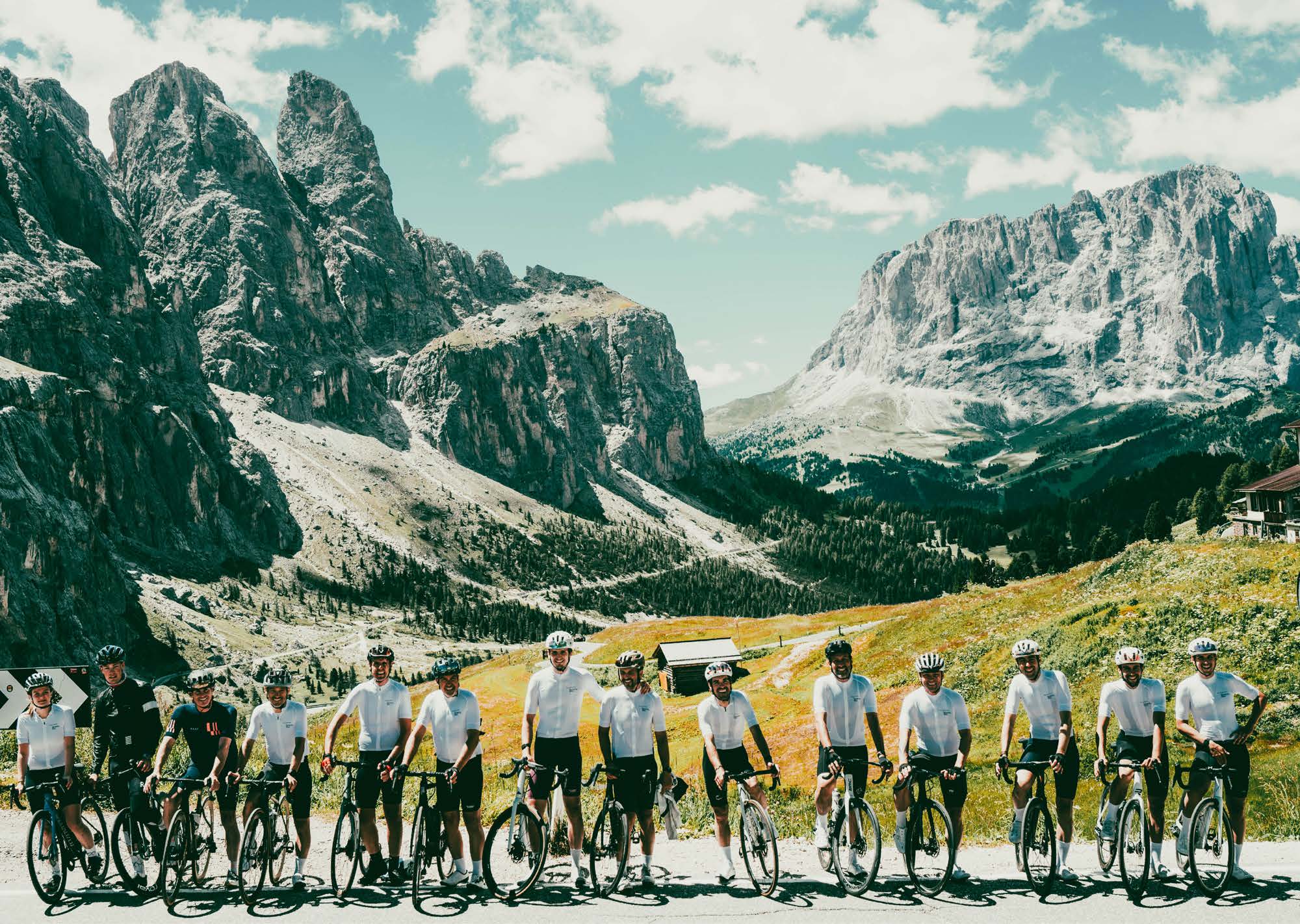
Also on this climb, and the descent that follows, It is hard to keep the focus on the road, as riding with the massifs on each side is an overwhelming sight. The Sassolungo (3181m), the Pizes de Cin Dëic (the five fingers peak 2997m) and the Punta Grohmann (3126m) are like towering skyscrapers above anything else. The rock structures are so appealing to look at that we sometimes forget to look at where it happens for us: on the road. Luckily, the roads are mostly fantastically paved, as they are regularly renewed in the area due to the sliding of land which is still a common natural happening.
The third climb on this route, the Passo Gardena, is the shortest one of the four. The downhill towards Corvara afterwards is full of perfectly shaped curves. From Corvara, we head towards our final climb of the day, the Passo Campolongo. This climb, not the biggest physical challenge but yet very exciting, brings us back from the Trentino region to the Veneto Region. It is another pleasing descent, down to Arraba, from where we head further back towards our hotel again.
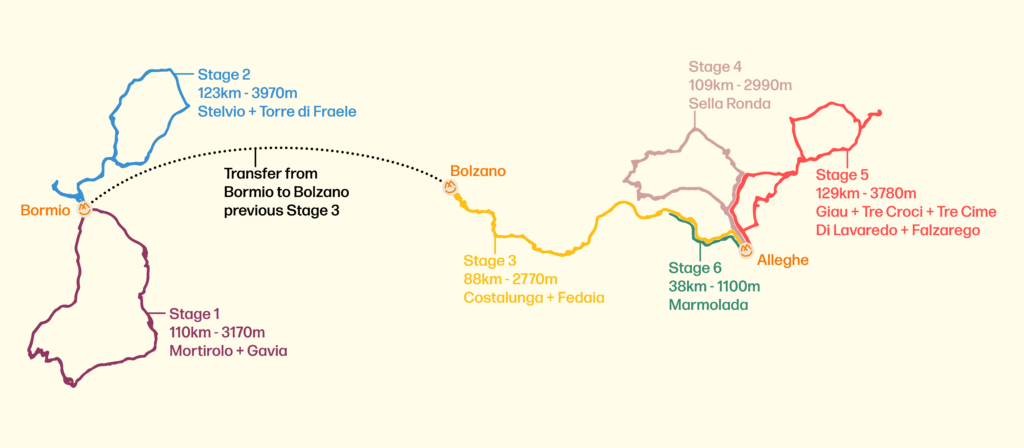
When we take the time to look back to see where we have been, as we are descending back to Alleghe, it is hard to believe that there are roads covering this area, and even harder to believe it has such a long history. If there is any part in the Dolomites in which we feel connected to the environment around us and feel futile, it is here.
This story is part of Nafent Magazine volume 4. Read the full story in our digital or paper magazine. Go to our webshop, or buy yours at one of our seventy partner places.
Related stories



